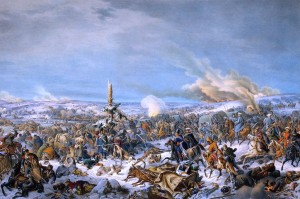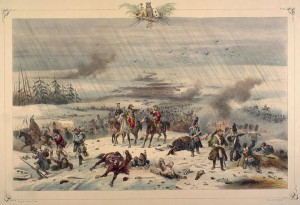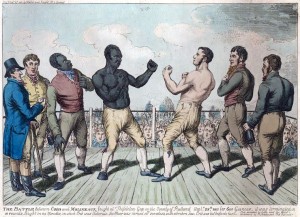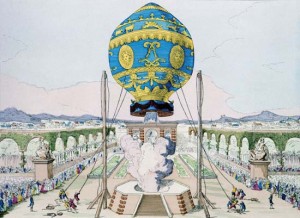Last weekend, I dropped my oldest daughter off at a summer youth program. It’s not the first time she’s been away from home. She’s been to a week-long residential science camp through the local university and the Kopernik Observatory. But this time it’s three weeks in a big city with people she’s never met before. Her first phone call back was pretty heart-wrenching (not a dry eye around) but she is settling in and everyone’s stress level is leveling off. I keep reminding myself that this is a good preparation for all of us for next year, when she heads off to college.
It’s a balancing act—being supportive while also letting go—and I suspect it’s never really over.
At least we don’t have to do it in historical fashion.
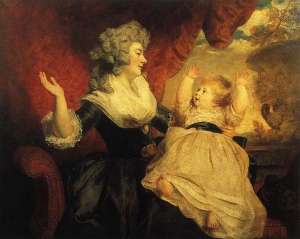 In the 18th century, it was a custom for well-to-do families to foster their babies out to wetnurses when they were several months old, having them return at age two or three. Jane Austen’s parents fostered her and her siblings out this way, but the practice was already dying out. Even before the Regency, even fashionable aristocratic mothers were expected to take a greater role in caring for their babies. Georgiana, Duchess of Devonshire insisted on breastfeeding her first baby, a girl, despite pressure not to do so because everyone wanted her to get back to the business of producing an heir.
In the 18th century, it was a custom for well-to-do families to foster their babies out to wetnurses when they were several months old, having them return at age two or three. Jane Austen’s parents fostered her and her siblings out this way, but the practice was already dying out. Even before the Regency, even fashionable aristocratic mothers were expected to take a greater role in caring for their babies. Georgiana, Duchess of Devonshire insisted on breastfeeding her first baby, a girl, despite pressure not to do so because everyone wanted her to get back to the business of producing an heir.
Even if babies were cared for at home, they often had to leave at an early age. Boys were sent to Eton or Harrow at about eight. I’ve never researched boys’ schools in detail, but what I have read makes it seem like there was lots of bullying and little supervision. Scary.
Boys could also be sent into the army or navy at relatively tender ages. By the Regency, one was not supposed to be able to buy ensign’s commissions in the army for boys younger than 16, although I’ve read this rule wasn’t always followed strictly. Boys entered the navy as young as 11. Here’s the trailer for Master and Commander: The Far Side of the World (based on the novels of Patrick O’Brian) showing some of those young officers.
It breaks my heart to think of their mothers. I’m sure it was hard for them to let their sons go at such young ages, even if it was considered normal in their society.
If the goal in raising boys was to toughen them up as early as possible, the opposite seems true for upper class girls. They could be sent away to school, but they were often educated at home, either by a governess or by their mother, depending on family circumstances. Here again I have a problem. Since there were so few acceptable occupations for ladies, girls were prepared to be good wives and mothers or, if they didn’t marry, a comfort to their aging parents.
Much as I will miss my daughters when they leave—they really are so much fun to have around!—I’m glad I have the opportunity to raise strong, independent women.
I don’t know how I would handle being a mother during the Regency. How about you?



